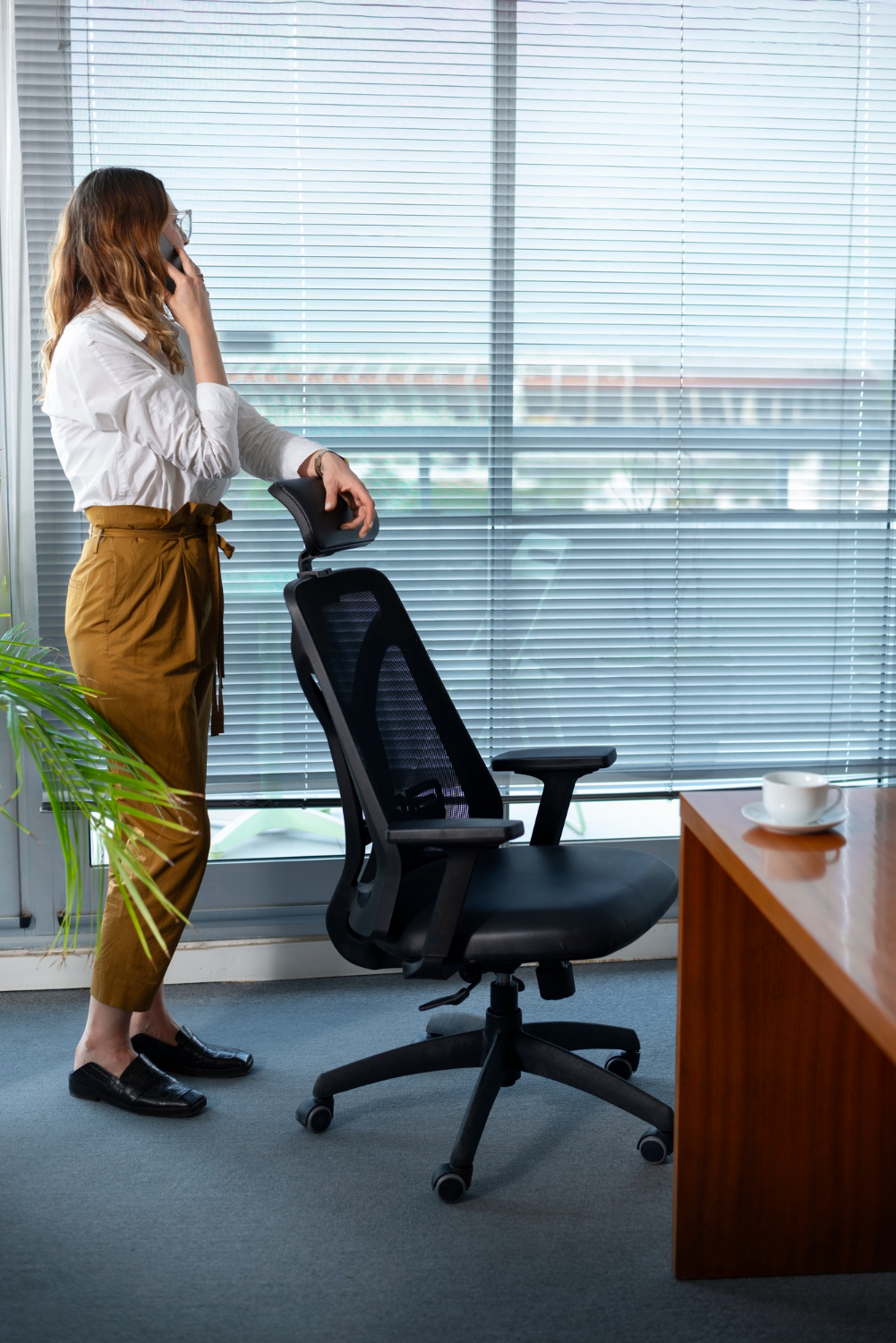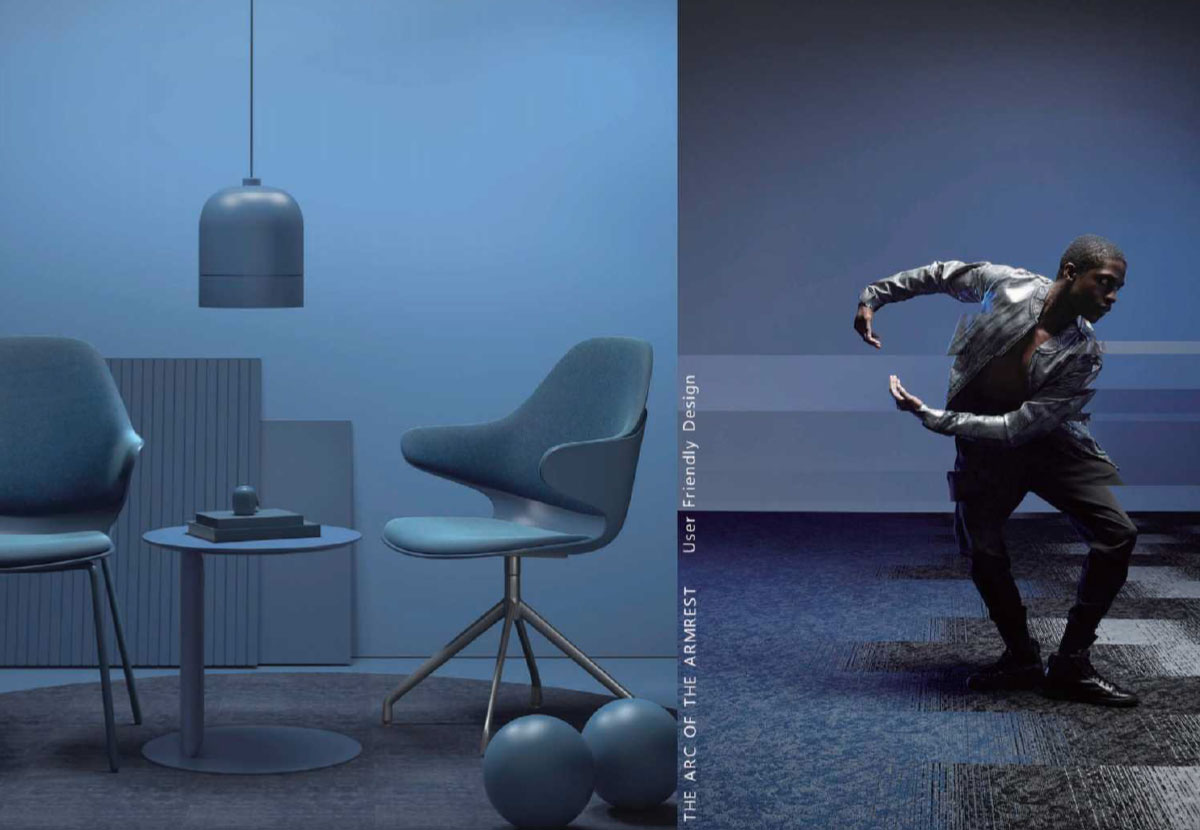Ergonomic Chairs vs Traditional Chairs: Which Saves Your Spine?
Let’s face it: most of us spend more time sitting in a chair than sleeping. Whether you’re crunching numbers at the office, gaming until dawn, or binge-watching your favorite show, your chair isn’t just a piece of furniture—it’s a silent partner in your daily life. But here’s the kicker: that partner might be slowly sabotaging your spine.
For decades, traditional office chairs have dominated workspaces, promising “comfort” with their plush cushions and swivel bases. But as back pain rates climb and posture-related health issues surge, a new contender has emerged: the ergonomic chair. Touted as a spine-saving marvel, these chairs claim to align with your body’s natural mechanics. But do they live up to the hype?
In this deep dive, we’ll pit ergonomic chairs against traditional ones, dissecting their designs, health impacts, and real-world usability. By the end, you’ll know exactly which chair deserves a spot in your workspace—and why your spine will thank you.

The Silent Epidemic: Why Your Chair Matters More Than You Think
Before we compare chairs, let’s address the elephant in the room: sitting is the new smoking. According to a 2023 study in The Lancet, adults who sit for 8+ hours daily have a 20% higher risk of cardiovascular disease. Worse, poor sitting posture accelerates spinal degeneration, leading to herniated discs, chronic pain, and even reduced lung capacity.
Traditional chairs, with their flat seats and rigid backs, force your body into a static, C-shaped slump. Over time, this strains ligaments, compresses spinal discs, and weakens core muscles. Dr. Emily Carter, a chiropractor and ergonomics expert, puts it bluntly: “Most office chairs are designed for aesthetics, not anatomy. They’re spine killers disguised as furniture.”
Enter ergonomic chairs. Built around the science of human movement, these chairs adapt to you—not the other way around. But how do they stack up in real life? Let’s break it down.
Round 1: Design Philosophy – Comfort vs. Biology
Traditional Chairs: The One-Size-Fits-None Approach
Most traditional chairs prioritize simplicity and cost-efficiency. Think: fixed seat heights, flat cushions, and minimal adjustability. While they might feel cozy for the first 30 minutes, their lack of support becomes glaring over time.
-
The “Slouch Trap”: Without lumbar support, your lower spine caves inward, straining the lumbar discs.
-
Static Seats: Fixed seat pans cut off circulation to the legs, encouraging fidgeting and fatigue.
-
Armrest Afterthoughts: Non-adjustable armrests force awkward shoulder positions, leading to neck tension.
Ergonomic Chairs: Your Body’s Best Friend
Ergonomic chairs are engineered to mimic the spine’s natural S-curve. Features like adjustable lumbar pads, dynamic seat depth, and 3D armrests let you fine-tune every angle.
-
Lumbar Support That Adapts: Built-in or adjustable lumbar pads maintain the spine’s inward curve, reducing disc pressure by up to 40% (Journal of Orthopaedic Research, 2021).
-
Dynamic Recline: Tilt mechanisms encourage micro-movements, preventing muscle stiffness.
-
Breathable Materials: Mesh backs promote airflow, reducing sweat and heat buildup during long sessions.
Verdict: Traditional chairs offer fleeting comfort; ergonomic chairs prioritize long-term spinal health.
Round 2: Real-World Impact – Pain vs. Prevention
The Traditional Chair Trap
Sarah, a 32-year-old graphic designer, swapped her ergonomic chair for a trendy vintage model during the pandemic. Within weeks, she developed nagging lower back pain. “I thought it was just stress,” she recalls. “But my physiotherapist traced it to the chair’s flat seat pushing my pelvis backward.”
Sarah’s story isn’t unique. A 2022 survey by the American Chiropractic Association found that 72% of traditional chair users reported back pain within 6 months of use.
Ergonomic Chairs: A Spine’s Safe Haven
Contrast this with James, a software engineer who switched to a high-end ergonomic chair after years of slouching. “It felt weird at first—like sitting on a spaceship,” he laughs. “But after tweaking the settings, my posture improved, and my sciatica flares vanished.”
Science backs James’ experience. Research in Applied Ergonomics shows ergonomic chairs reduce muscle activity in the lower back by 25%, preventing fatigue and injury.
Round 3: Cost – Short-Term Savings vs. Long-Term Value
Yes, ergonomic chairs cost more upfront—anywhere from 200to200to1,500 versus 50−50−300 for traditional models. But let’s crunch the numbers:
-
Healthcare Costs: Chronic back pain costs the average American $10,000+ annually in treatments and lost productivity.
-
Durability: Ergonomic chairs last 8–10 years vs. 3–5 years for traditional ones.
-
Productivity Boost: Proper support can increase focus and output by 15%, per Stanford University.
As Dr. Carter notes: “A good ergonomic chair isn’t an expense—it’s an investment in your health and career.”
The Problem with Traditional Chairs
Traditional chairs have been a staple in homes and offices for centuries. They are often characterized by simple designs, straight backs, and limited adjustability. While they may look appealing and serve their purpose, traditional chairs fall short when it comes to supporting spinal health. Here's why:
1.1 Poor Postural Support
Traditional chairs typically lack the necessary adjustments to accommodate different body types and postures. Many have a fixed seat height and backrest angle, which can force users into awkward positions that strain the spine. For instance, sitting in a traditional chair for extended periods often leads to slouching, especially when the chair's backrest doesn't align with the natural curvature of the spine.
1.2 Increased Muscle Fatigue
The human body is designed to move, not remain stationary for hours. Traditional chairs encourage static postures, leading to muscle fatigue in the back, neck, and shoulders. Over time, this can result in chronic pain and reduced mobility. Studies have shown that desk workers who use traditional chairs are 37% more likely to experience upper-back pain compared to those using ergonomic alternatives.
1.3 Pressure Points on Joints
Traditional chairs often distribute weight unevenly across the hips and lower back, placing excessive pressure on certain joints. This unequal distribution can lead to discomfort and long-term joint issues, particularly for individuals with pre-existing conditions like arthritis or sciatica.
The Science of Ergonomic Chairs
Ergonomic chairs are designed with the goal of minimizing strain on the body while maximizing comfort and productivity. They incorporate principles of biomechanics and人体工程学 to provide optimal support for spinal alignment. Here's how ergonomic chairs work:
2.1 Adjustability
One of the key features of ergonomic chairs is their adjustability. These chairs allow users to customize the seat height, backrest angle, and lumbar support to fit their unique body dimensions. This ensures that the chair supports the spine in its natural alignment, reducing strain on muscles and joints.
2.2 Lumbar Support
The lumbar region of the spine (lower back) is particularly vulnerable to injury when seated for extended periods. Ergonomic chairs often include a built-in lumbar support feature that cradles this area, providing gentle pressure to maintain proper spinal curvature. This helps prevent slouching and alleviates lower-back pain.
2.3 Weight Distribution
Ergonomic chairs are designed to distribute weight evenly across the body, reducing pressure on specific areas like the hips and shoulders. This balanced distribution minimizes muscle fatigue and promotes long-term comfort.
2.4 Encouraging Movement
Unlike traditional chairs that promote static postures, ergonomic chairs often encourage subtle movement while sitting. Features like multi-angle backrests and dynamic support systems allow users to shift their weight slightly, engaging different muscles and preventing stiffness.
Comparing Ergonomic and Traditional Chairs
| Feature | Ergonomic Chairs | Traditional Chairs |
|---|---|---|
| Postural Support | High; adjustable to fit individual needs. | Low; limited adjustability, often forces poor alignment. |
| Muscle Fatigue | Minimized due to proper weight distribution. | Higher due to static postures and uneven weight distribution. |
| Pressure Points | Evenly distributed across the body. | Uneven pressure on hips and lower back. |
| Encourages Movement | Yes; designed to promote dynamic sitting. | No; encourages static positioning. |
| Suitability for Long Hours | Ideal for prolonged sitting. | Not recommended for extended use without breaks. |
Who Should Invest in an Ergonomic Chair?
Ergonomic chairs are not a one-size-fits-all solution, but they are highly recommended for individuals who spend significant time sitting. Here's who can benefit the most:
4.1 Office Workers
For those who work long hours at a desk, ergonomic chairs can reduce the risk of repetitive strain injuries (RSIs) and improve productivity by keeping the body in an optimal seated position.
4.2 Gamers
Gaming chairs are a subset of ergonomic chairs designed specifically for extended gaming sessions. They offer excellent support for the back, neck, and shoulders while providing a comfortable setup for gaming consoles.
4.3 Individuals with Spinal Issues
If you suffer from conditions like scoliosis, herniated discs, or chronic back pain, an ergonomic chair can provide tailored support to alleviate symptoms and prevent further complications.
4.4 Students and Writers
For those who spend hours reading or writing, ergonomic chairs can help maintain proper posture and reduce eye strain by elevating the seating position for comfortable reading.
The Long-Term Benefits of Ergonomic Chairs
Investing in an ergonomic chair is not just about comfort—it's about preserving your spinal health for the long term. Here are some of the benefits you can expect:
6.1 Reduced Risk of Chronic Pain
By maintaining proper spinal alignment and distributing weight evenly, ergonomic chairs can reduce the likelihood of developing chronic back pain or other musculoskeletal disorders.
6.2 Improved Posture
Over time, ergonomic chairs can help correct poor posture habits, leading to better overall spinal health.
6.3 Increased Productivity
When your body is properly supported and comfortable, you're more likely to stay focused and productive during long hours of sitting.
How to Choose Your Spine’s Sidekick
Not all ergonomic chairs are created equal. Here’s what to prioritize:
-
Adjustability: Look for lumbar depth/height, seat depth, and 3D armrests.
-
Material: Breathable mesh > faux leather (sweat = slippage).
-
Tilt Mechanism: Synchro-tilt or multi-angle lock for movement.
-
Certifications: BIFMA or ANSI compliance ensures safety.
Pro Tip: Test chairs in person. Your spine’s needs are as unique as your fingerprint.
FAQs – Burning Questions, Straight Answers
Q: Can’t I just add a pillow to a traditional chair?
A: Temporary fix. Pillows slide, flatten, and don’t address root issues like seat depth or tilt.
Q: Are gaming chairs ergonomic?
A: Some are! Look for models with lumbar support and adjustable armrests—avoid “racing style” chairs with rigid bolsters.
Q: How often should I adjust my ergonomic chair?
A: Reassess every 3–6 months. Your body and habits evolve!
The Final Word: Your Spine Deserves Better
Traditional chairs are like fast food—quick, cheap, and ultimately harmful. Ergonomic chairs, meanwhile, are the nutrient-packed meal your spine craves. Yes, they require an upfront investment and a learning curve. But when you consider the alternative—years of pain, medical bills, and lost productivity—the choice is clear.
Your spine isn’t just a stack of bones; it’s the pillar of your vitality. Choose a chair that honors that truth.
TL;DR:
-
Traditional chairs = short-term comfort, long-term pain.
-
Ergonomic chairs = tailored support, proven health benefits.
-
Invest wisely—your spine can’t be replaced.
Thanks for contacting us, we will reply you ASAP.






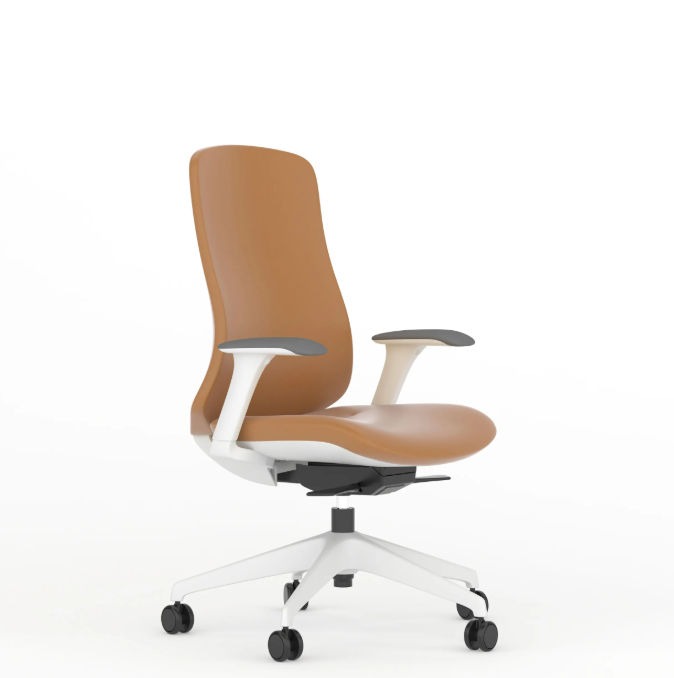
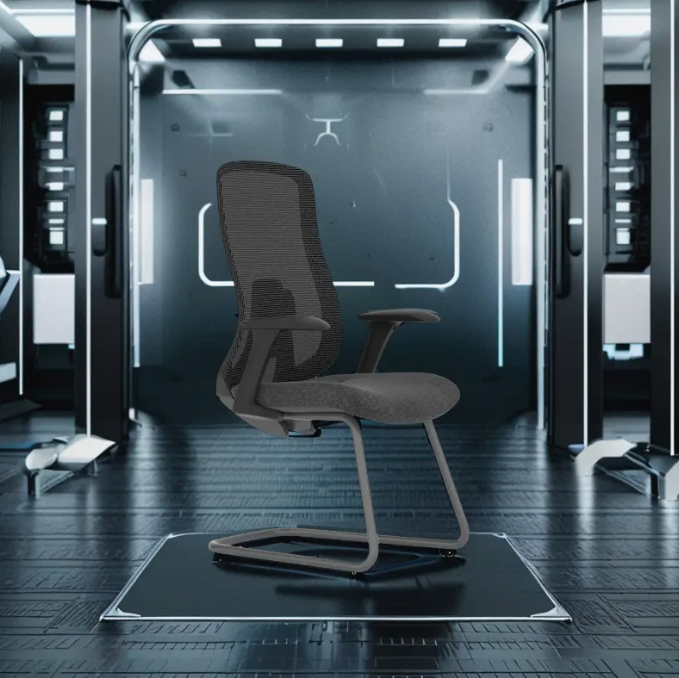

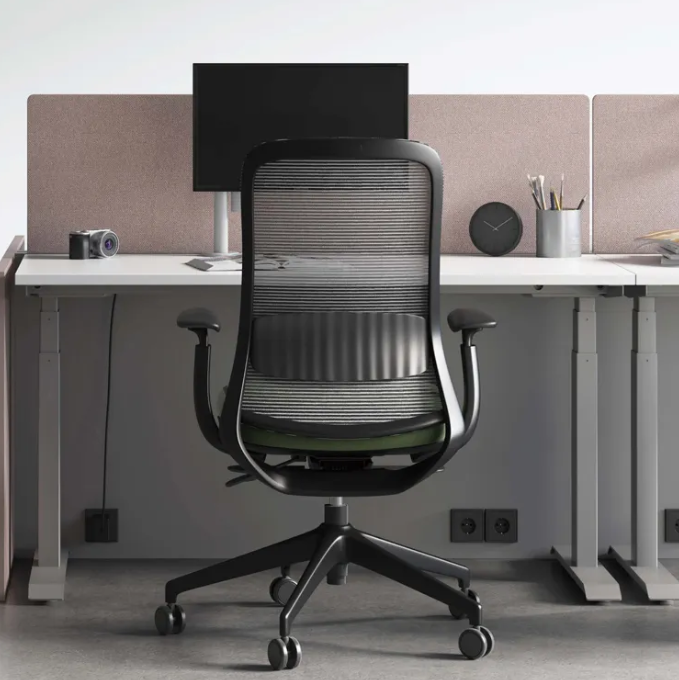
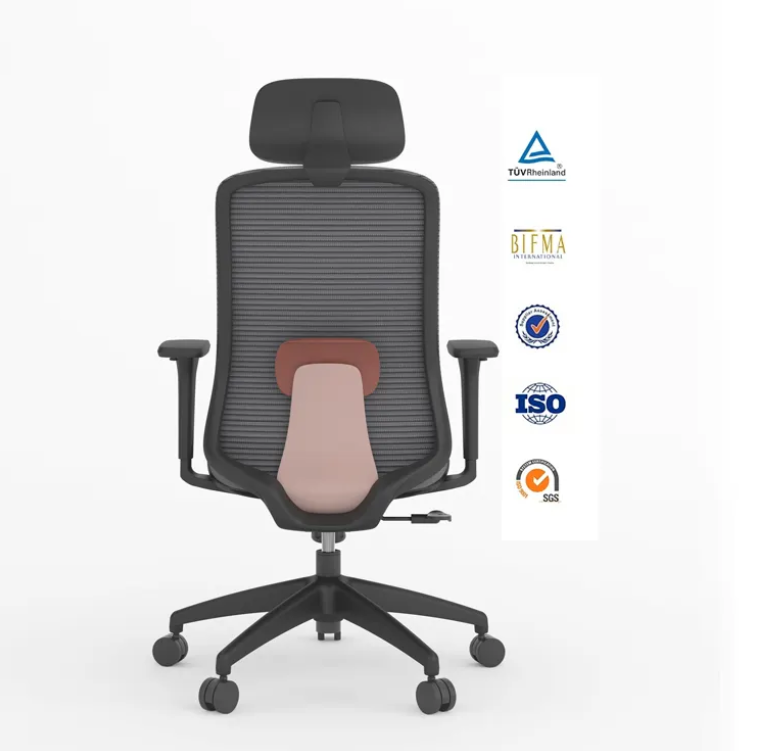
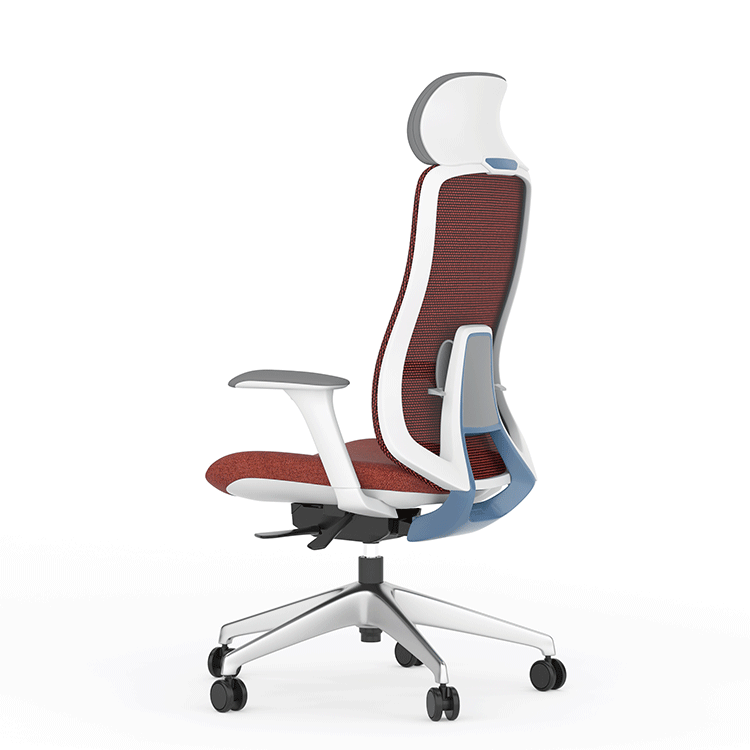
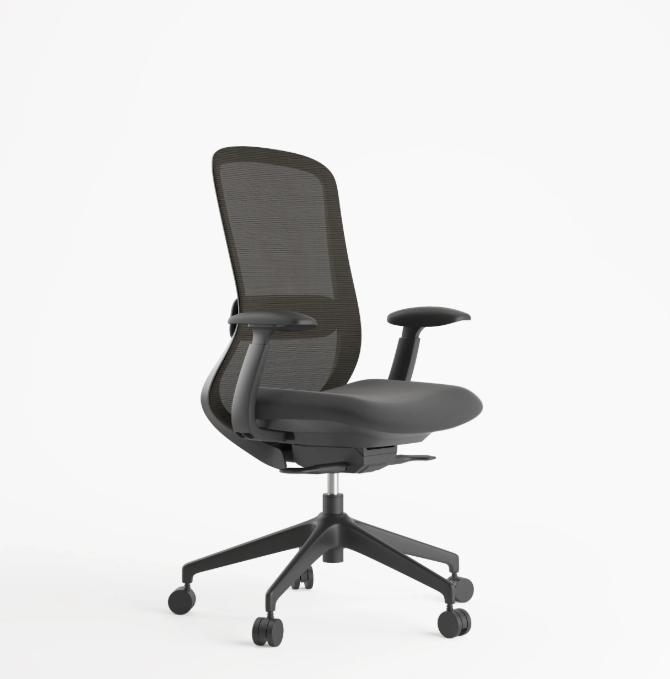


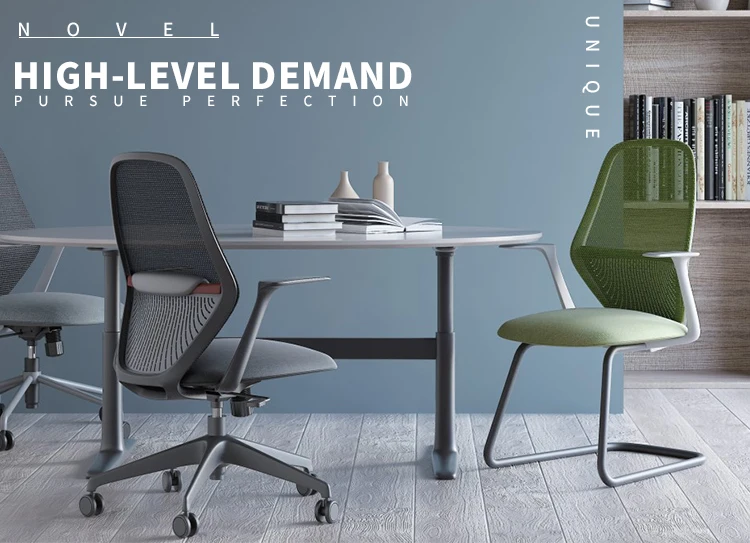
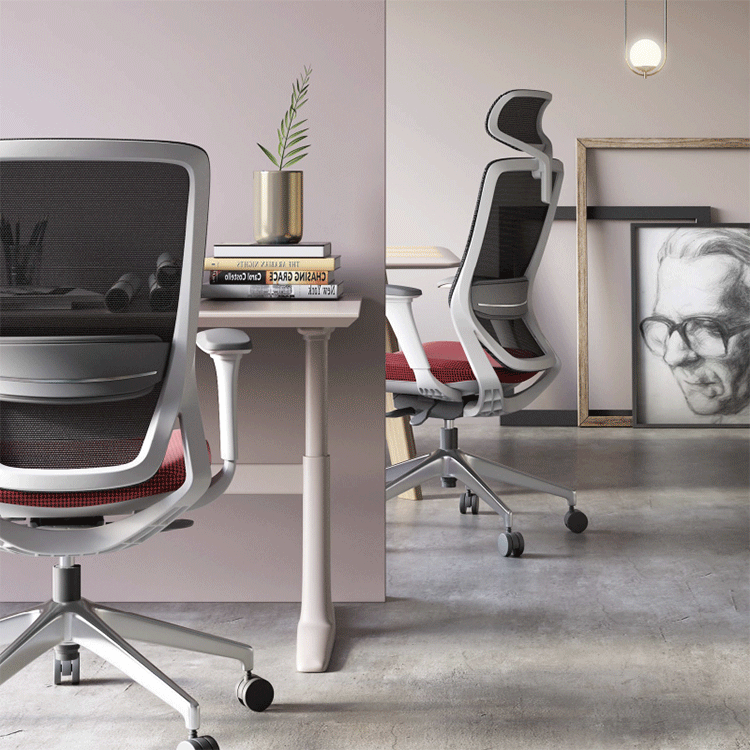
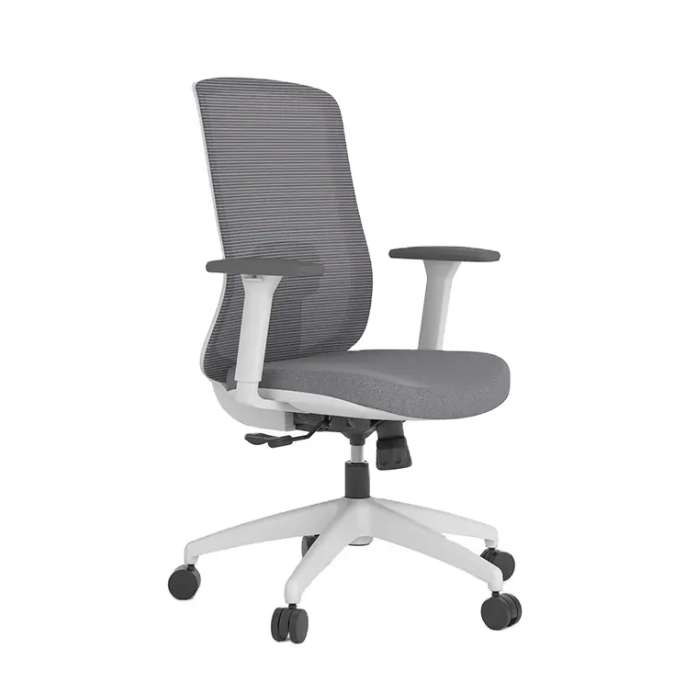


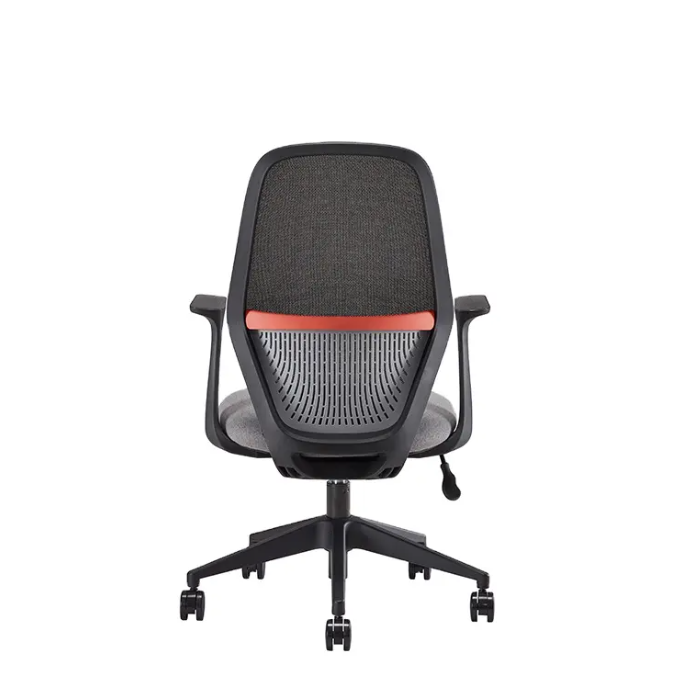
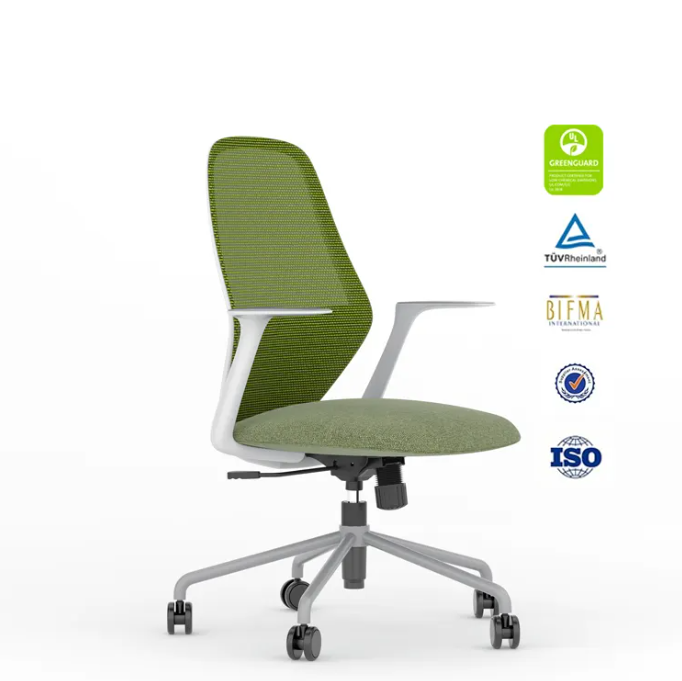

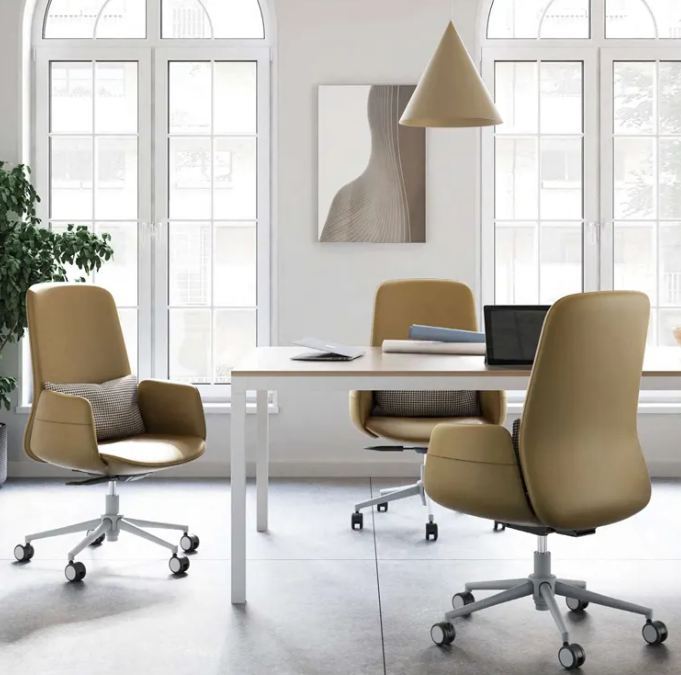

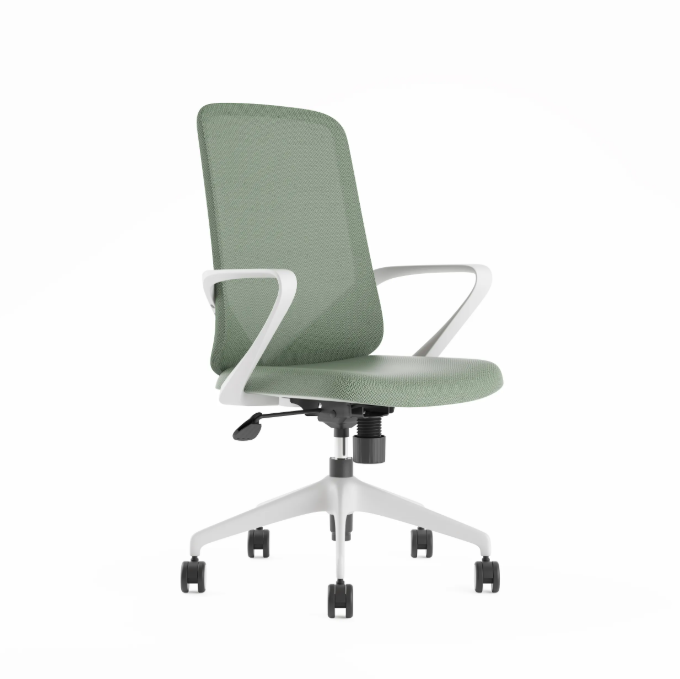
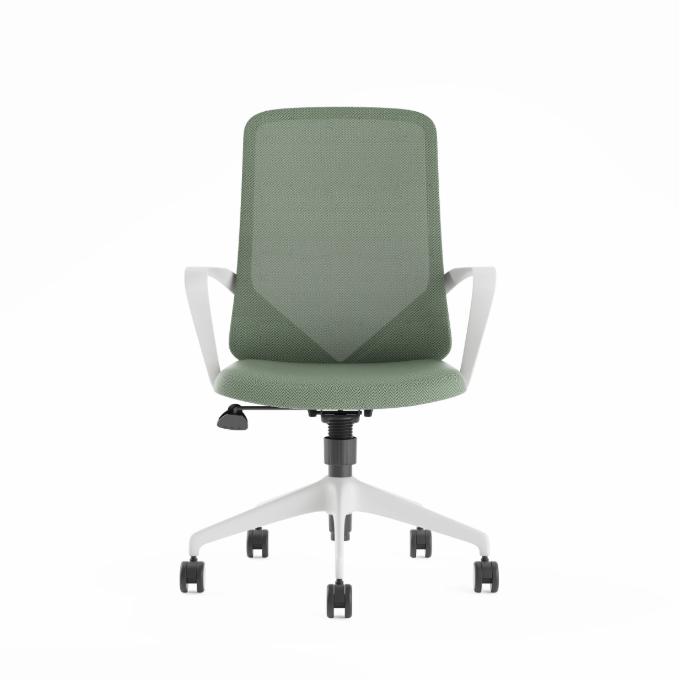
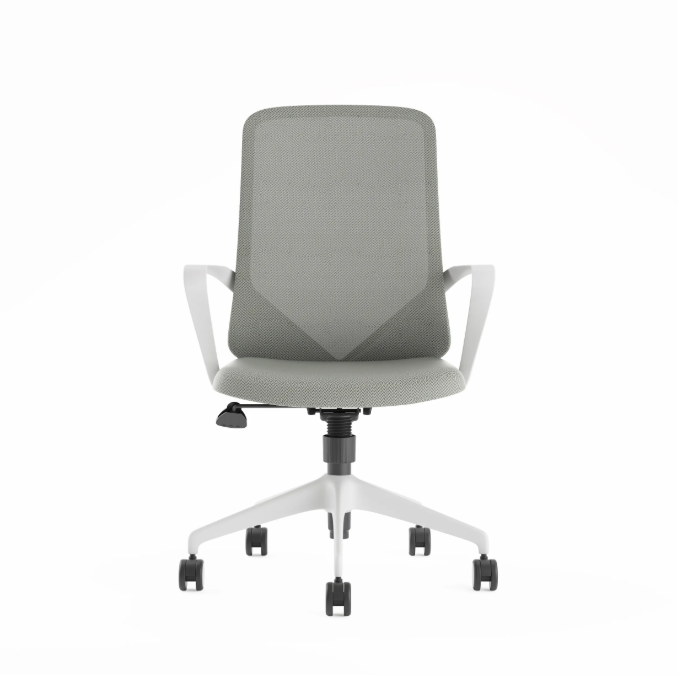
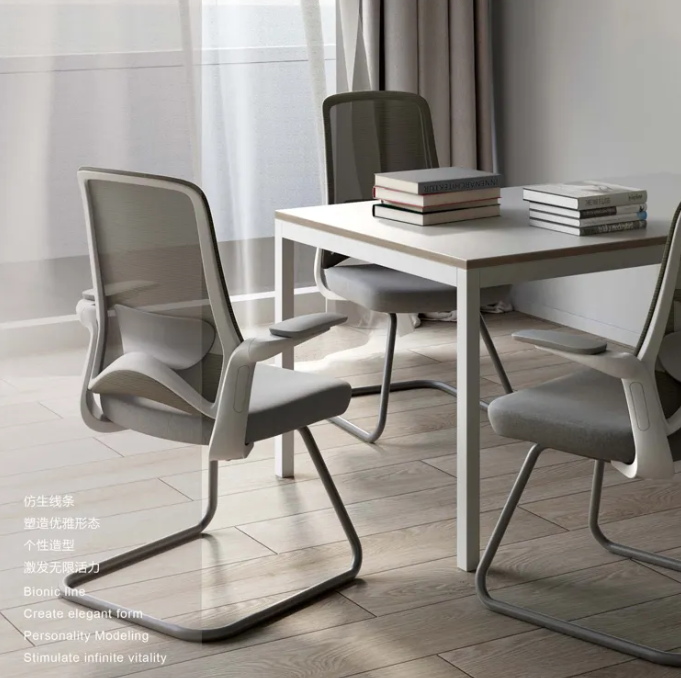
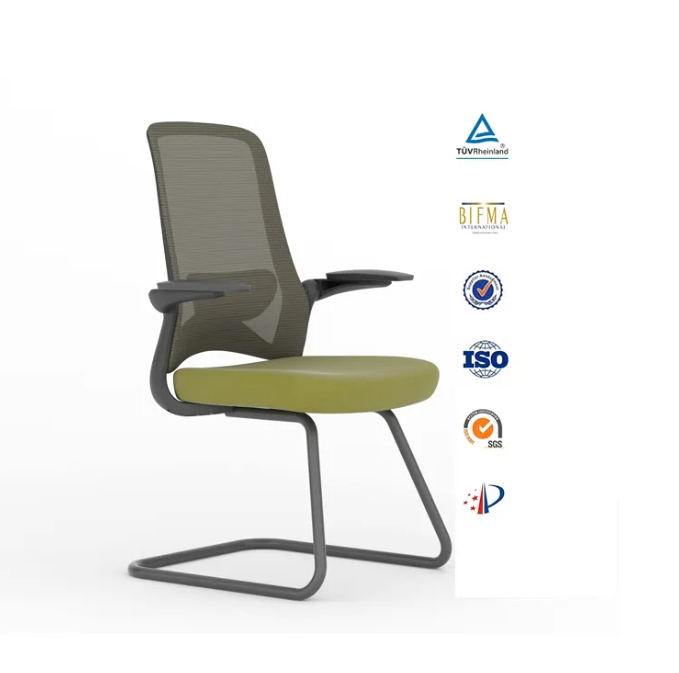
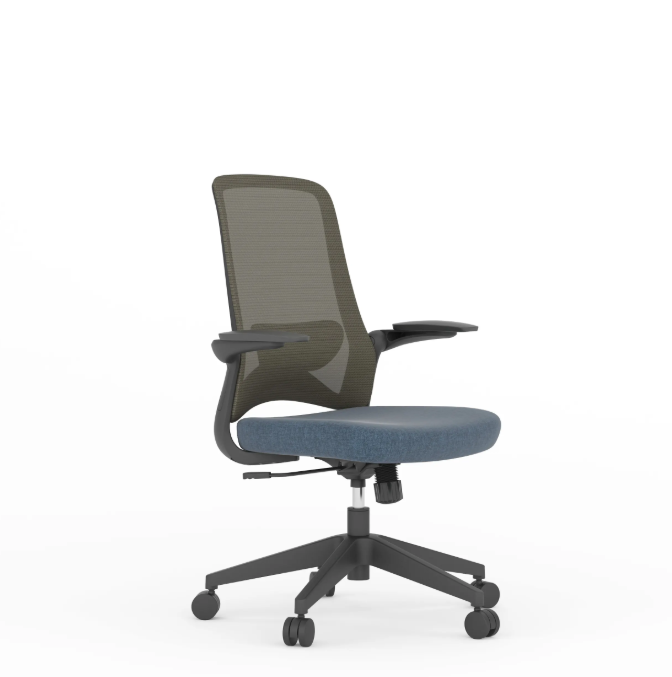

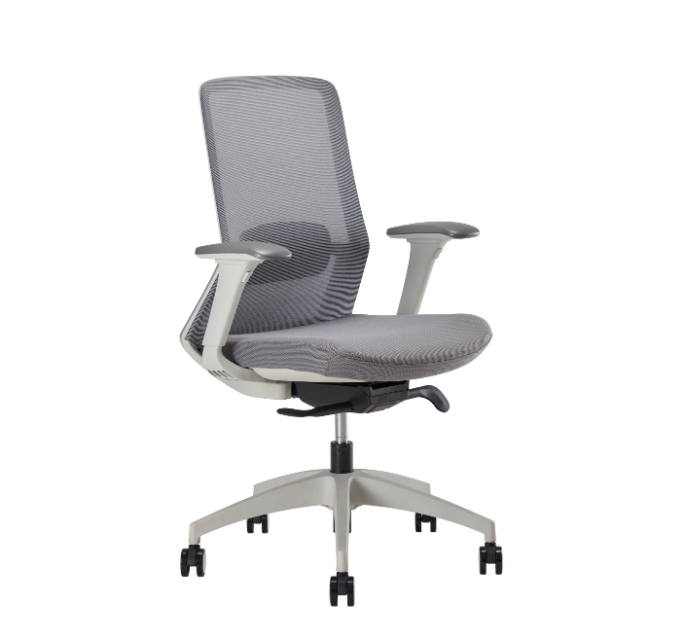
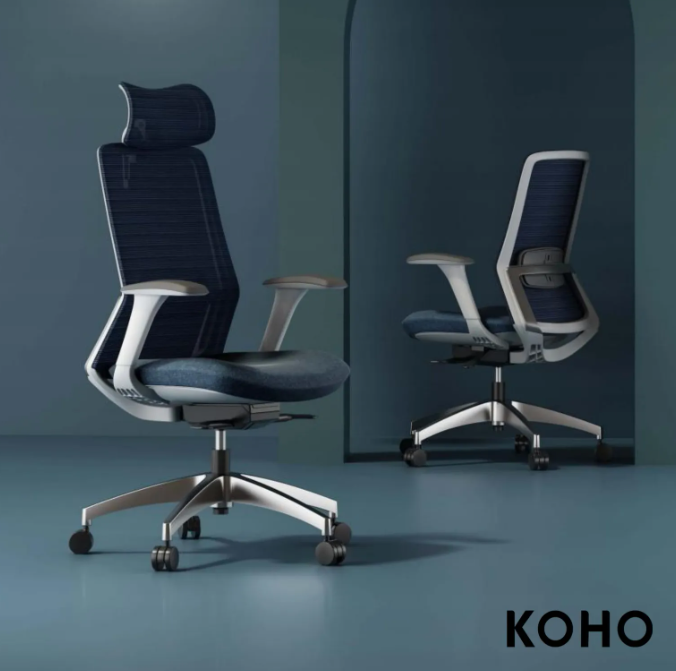
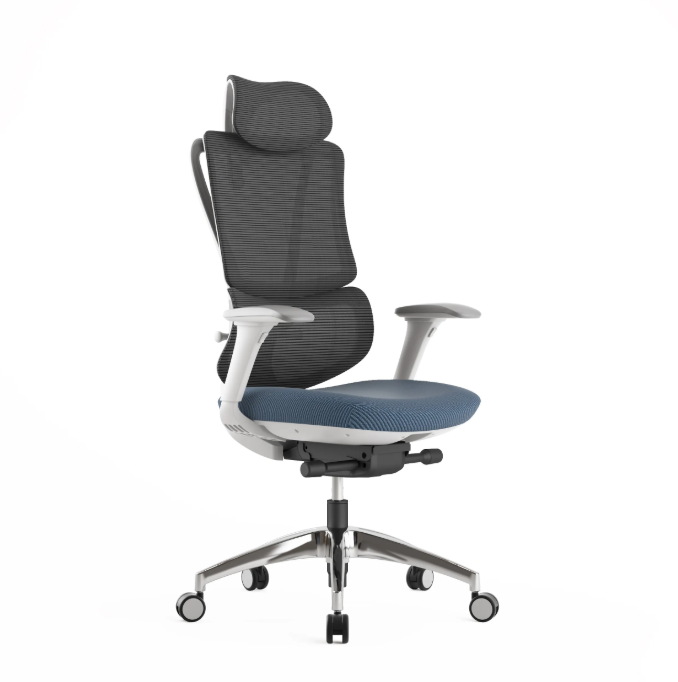
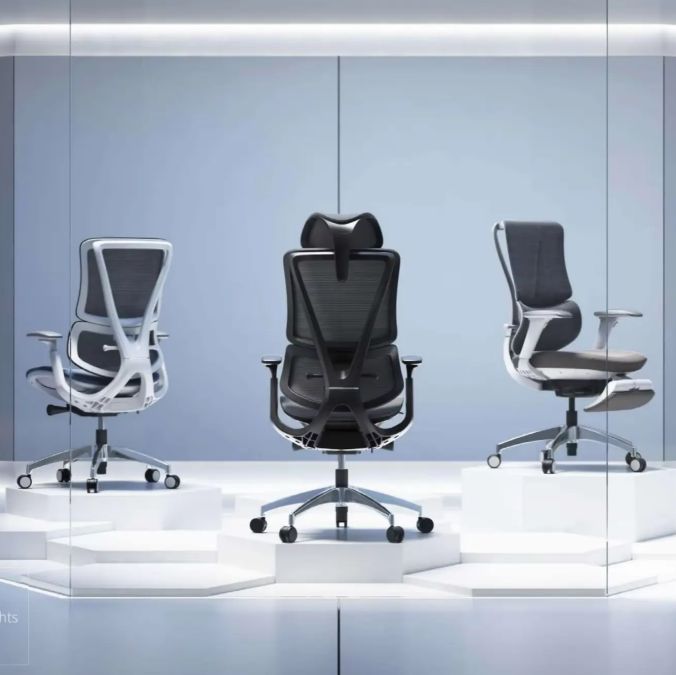
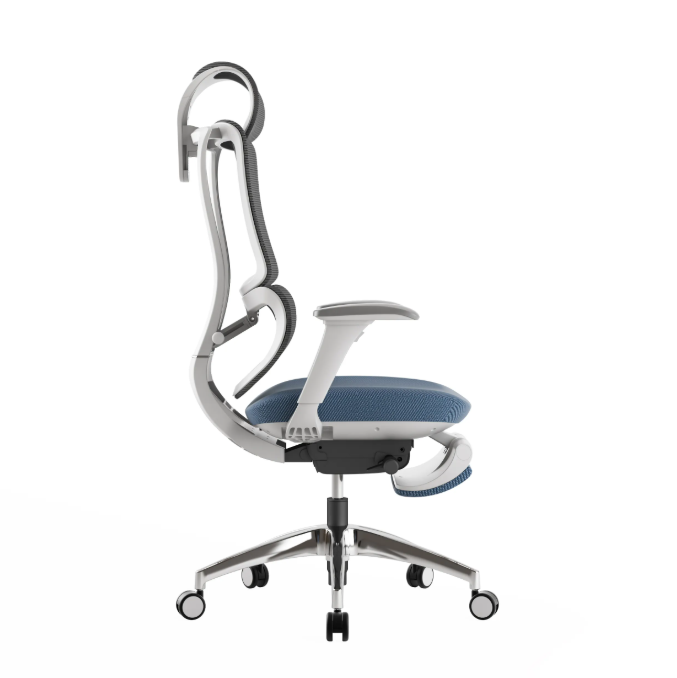
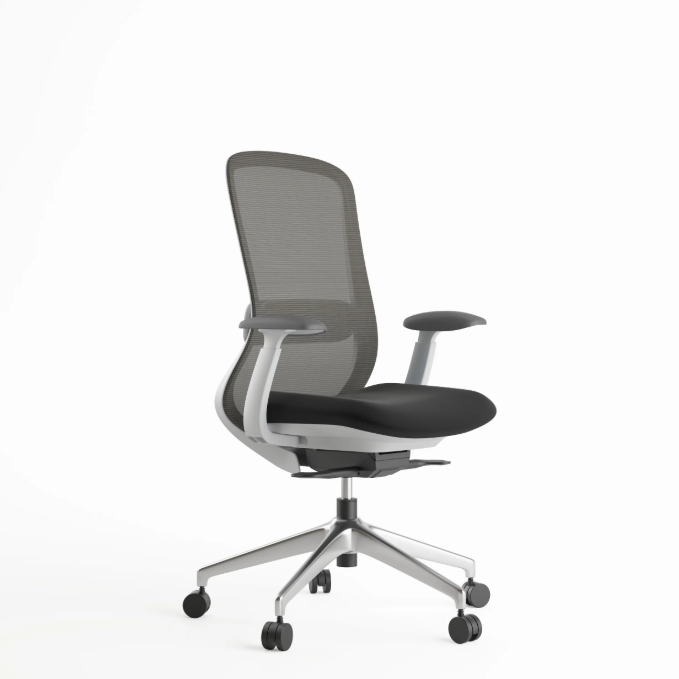
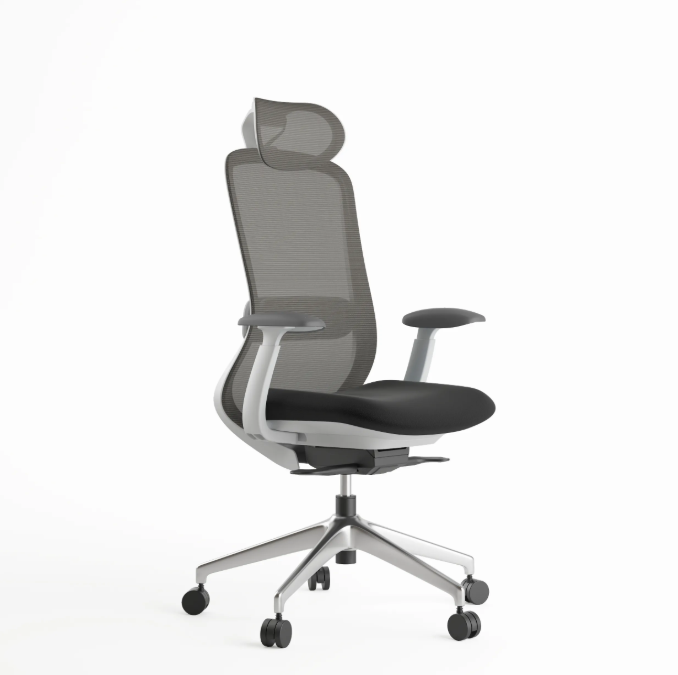
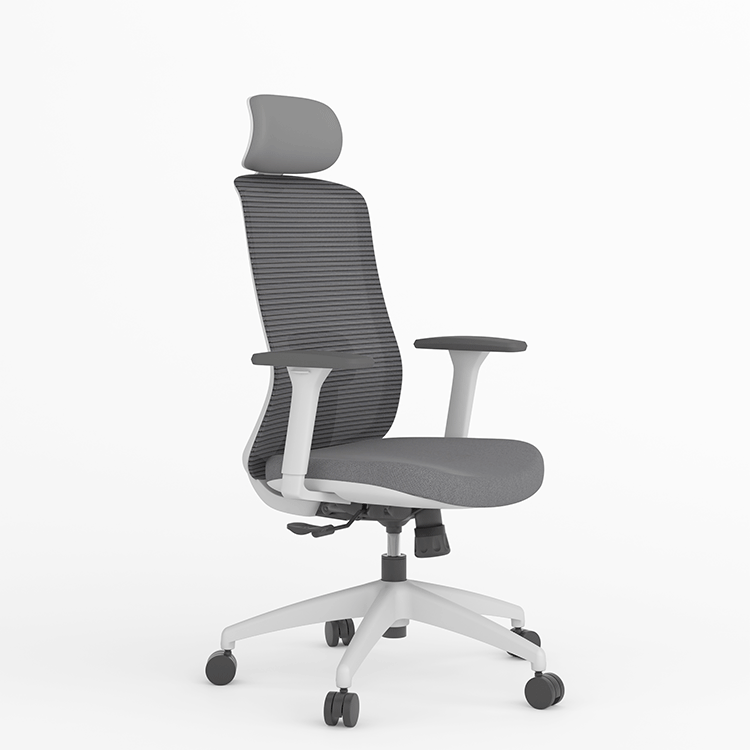
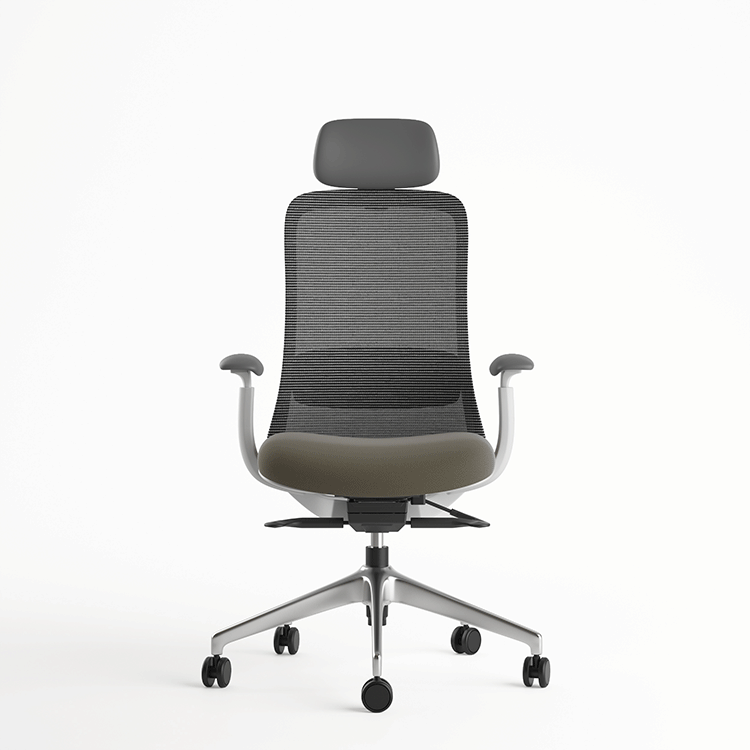
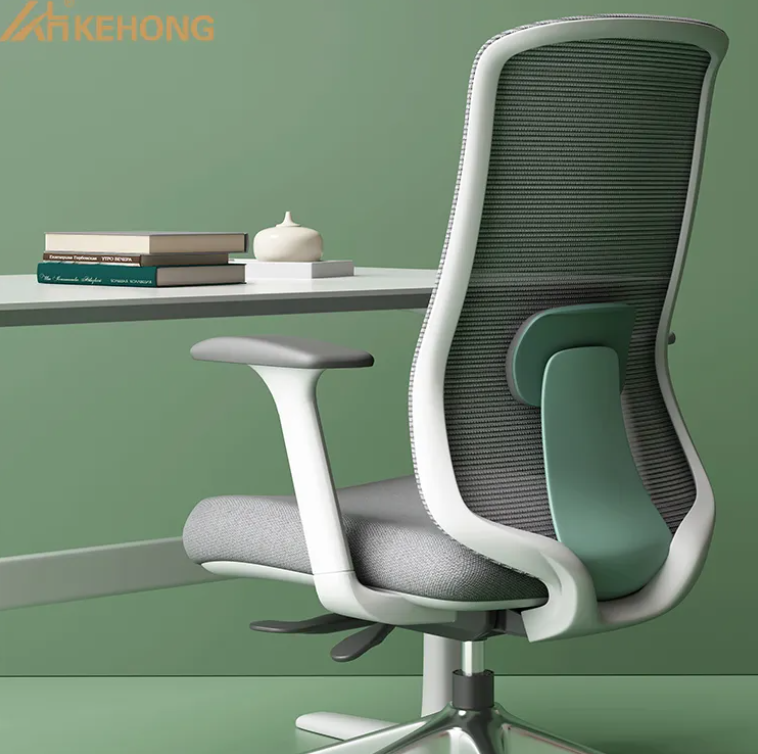
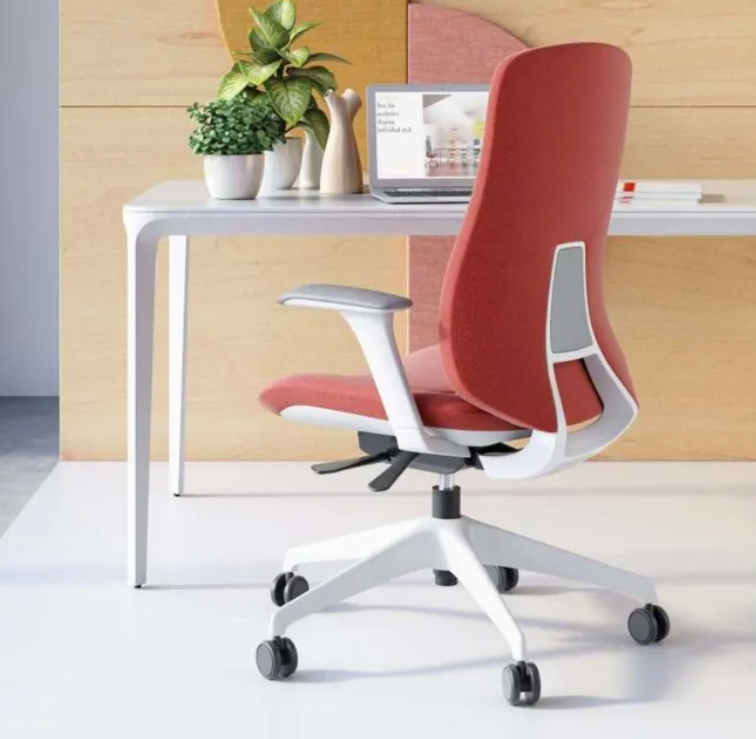












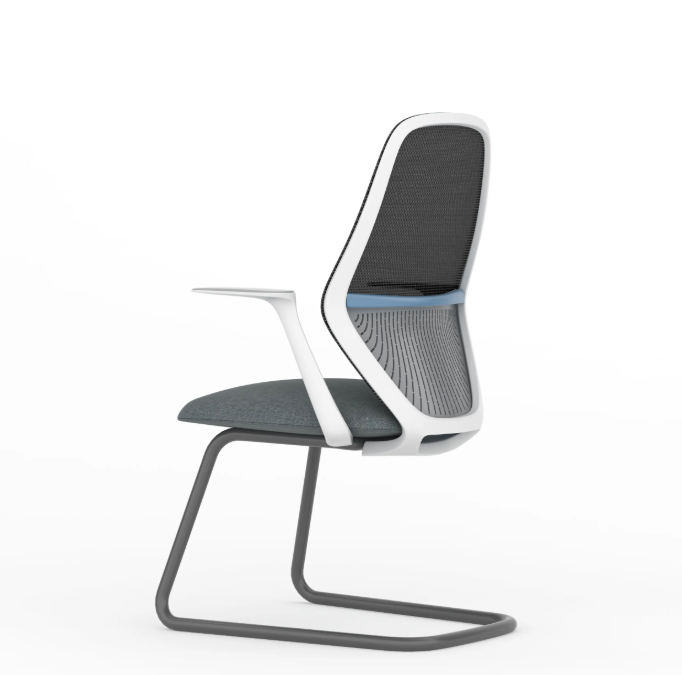
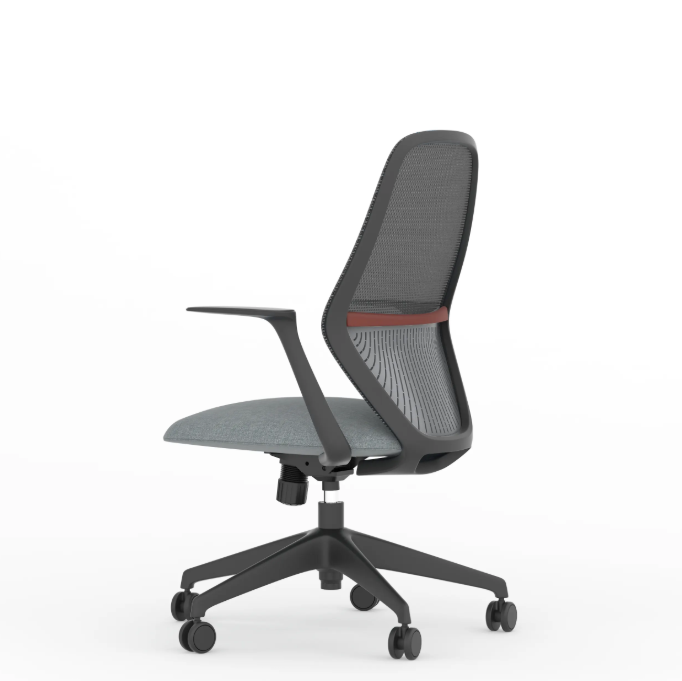
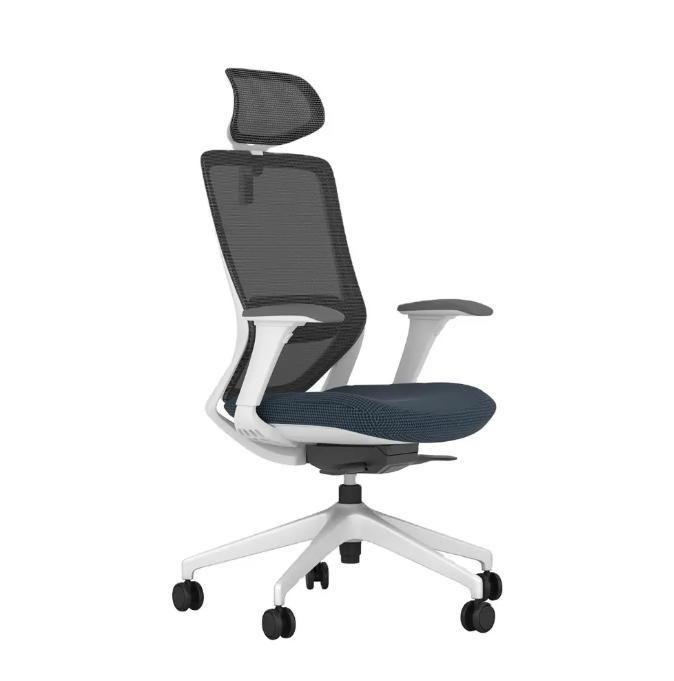
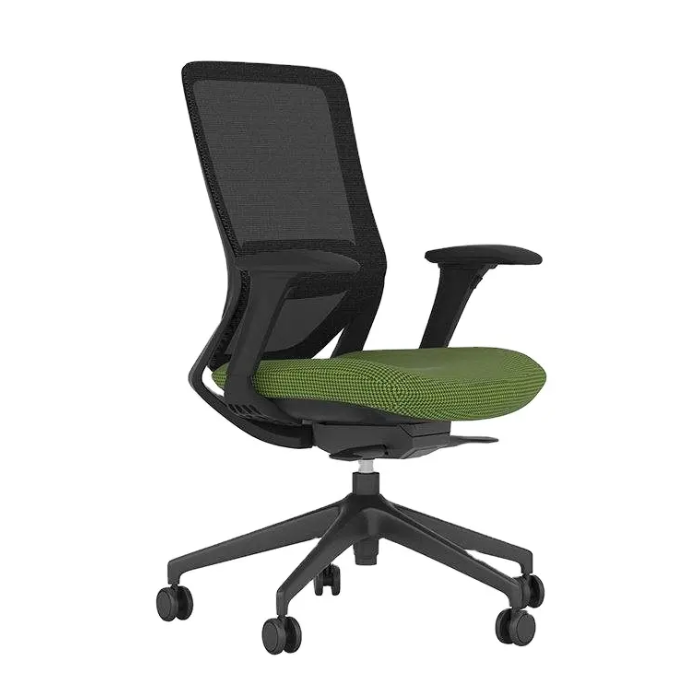
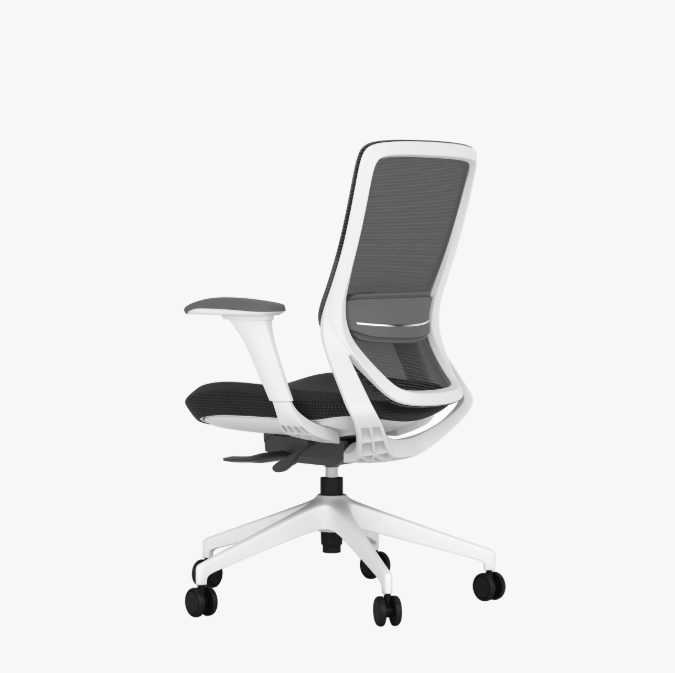
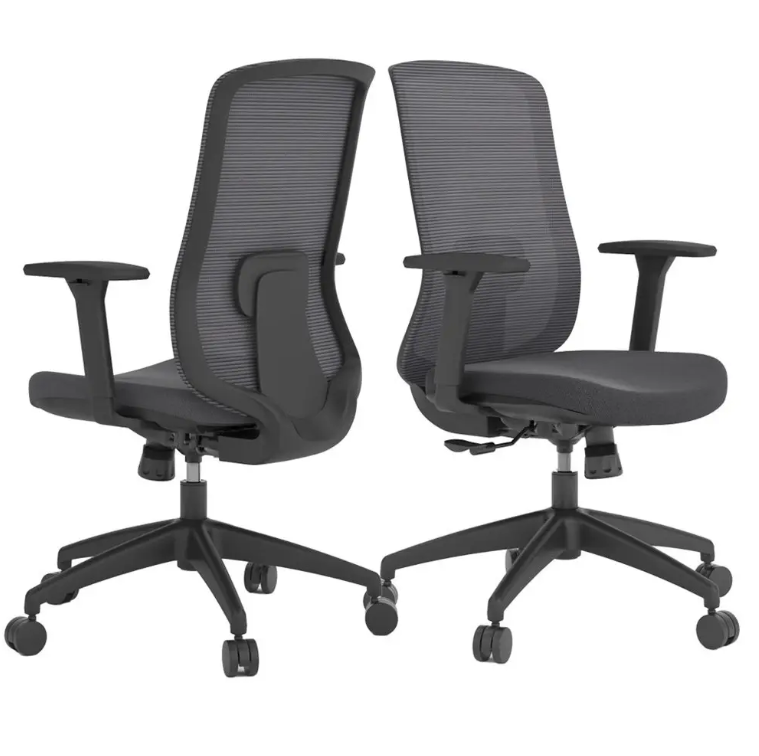
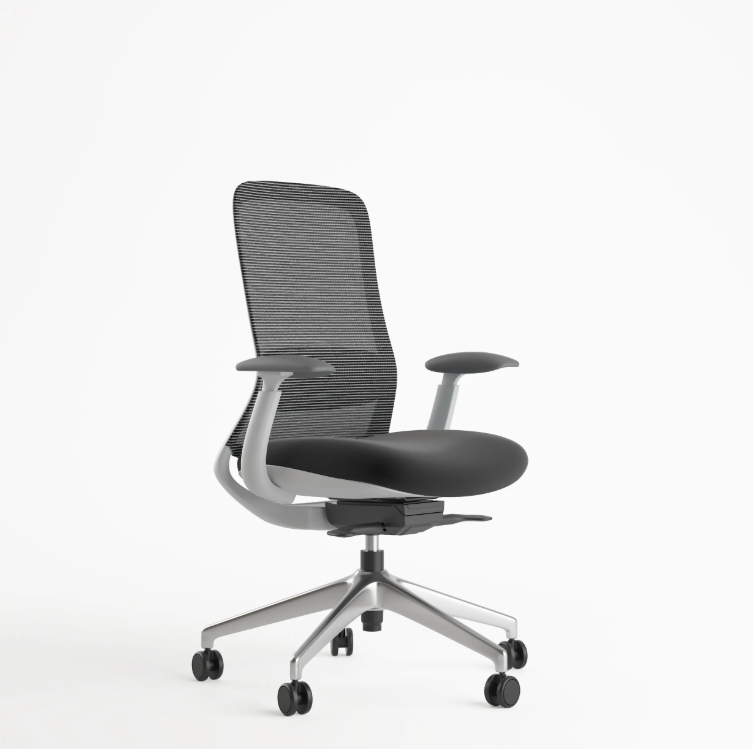
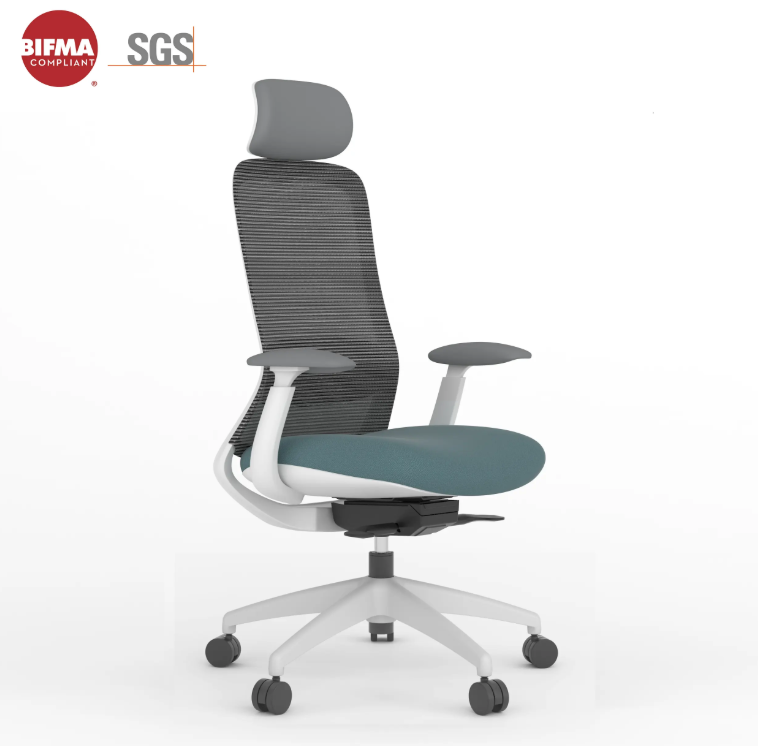
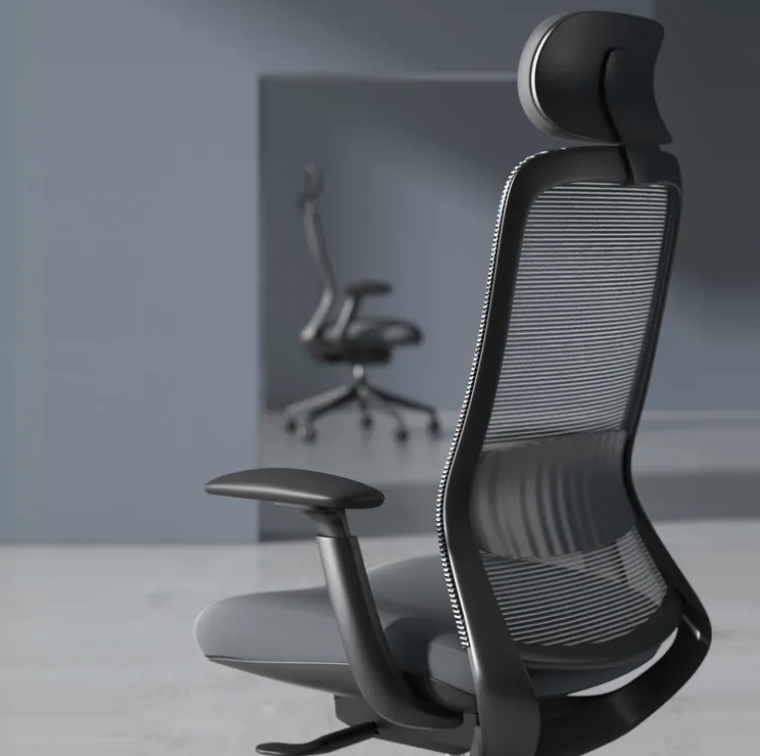
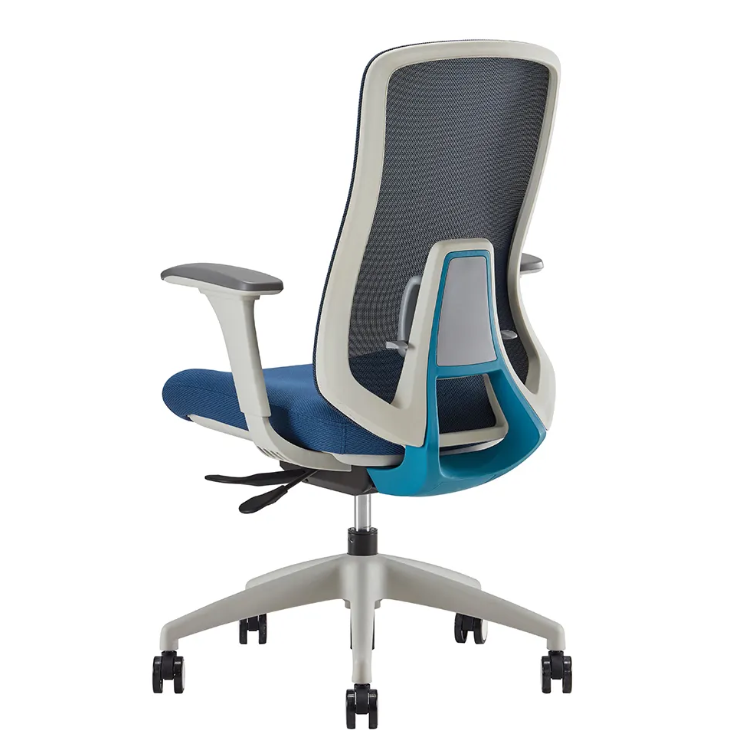
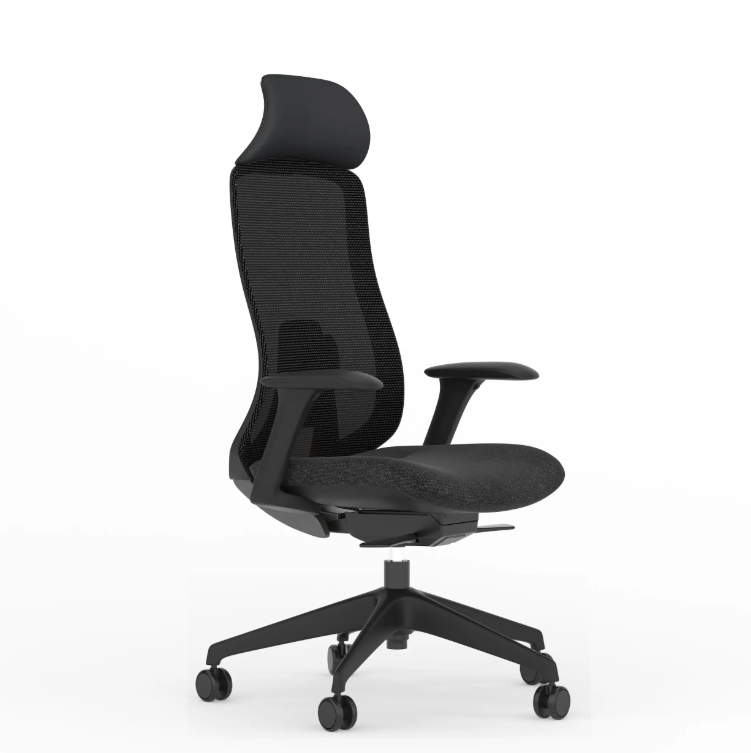


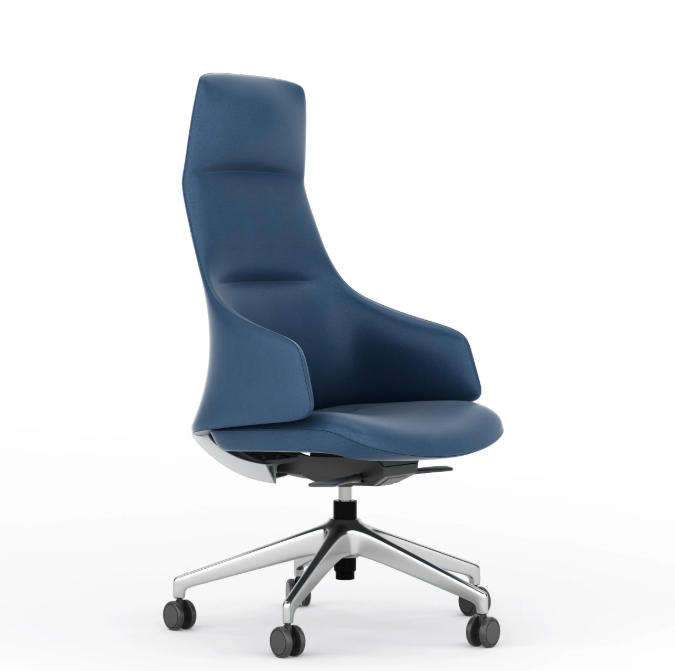







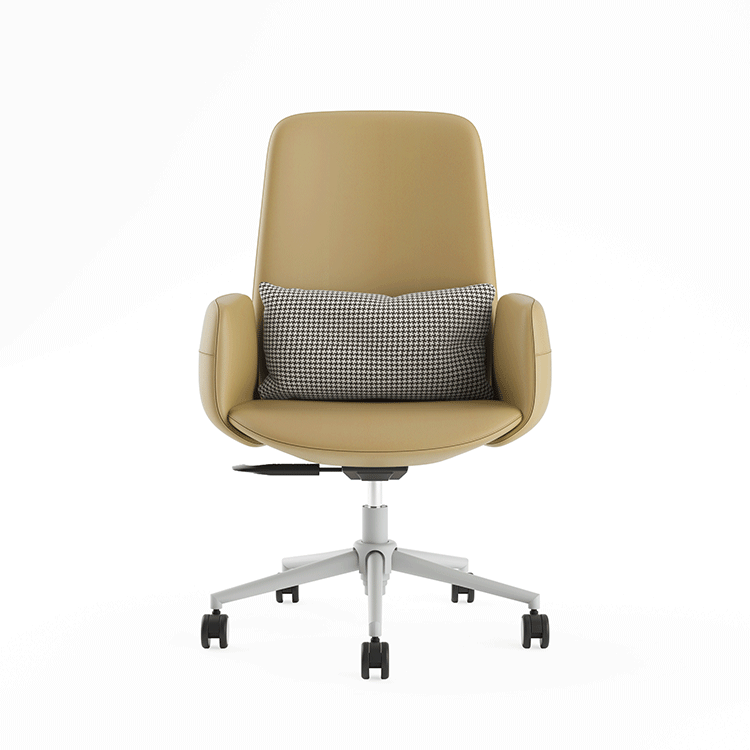
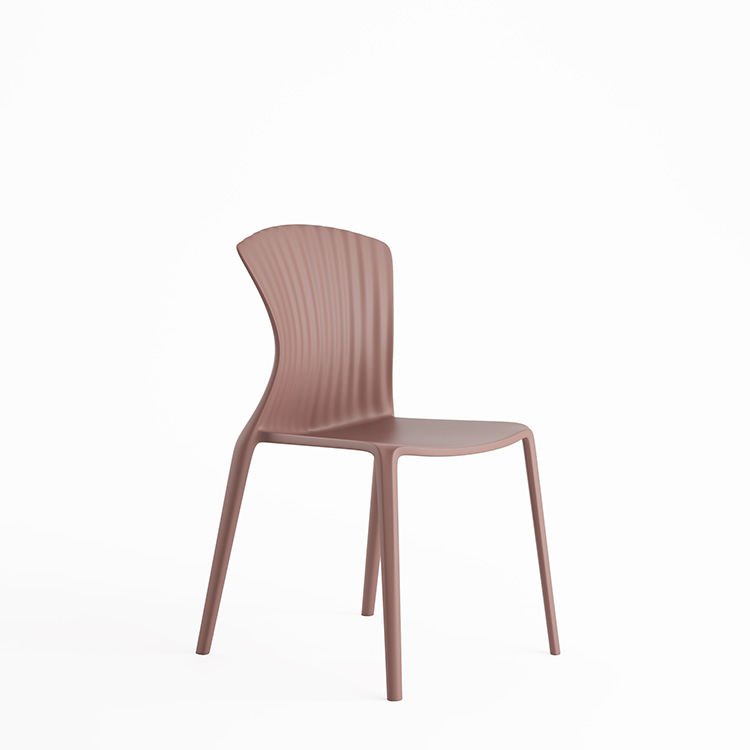
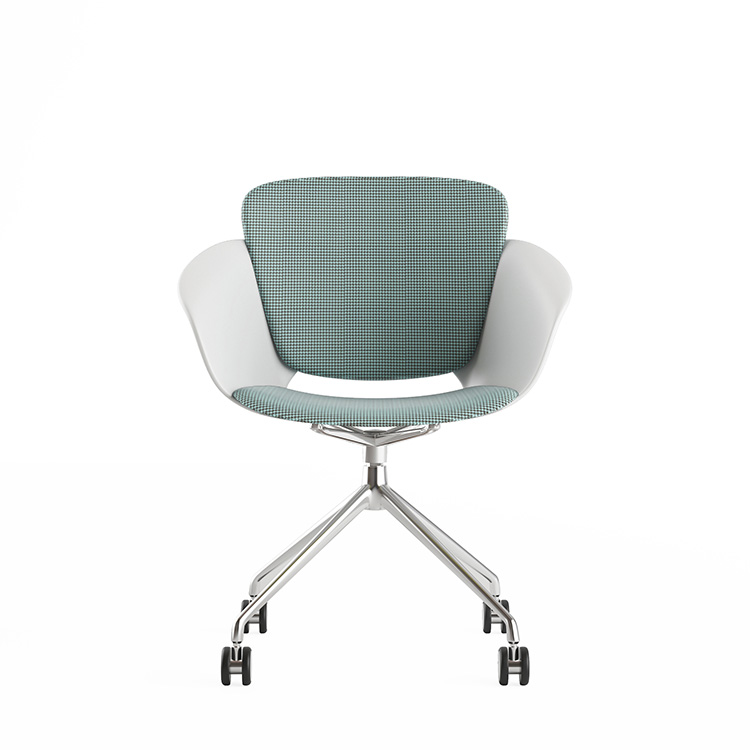






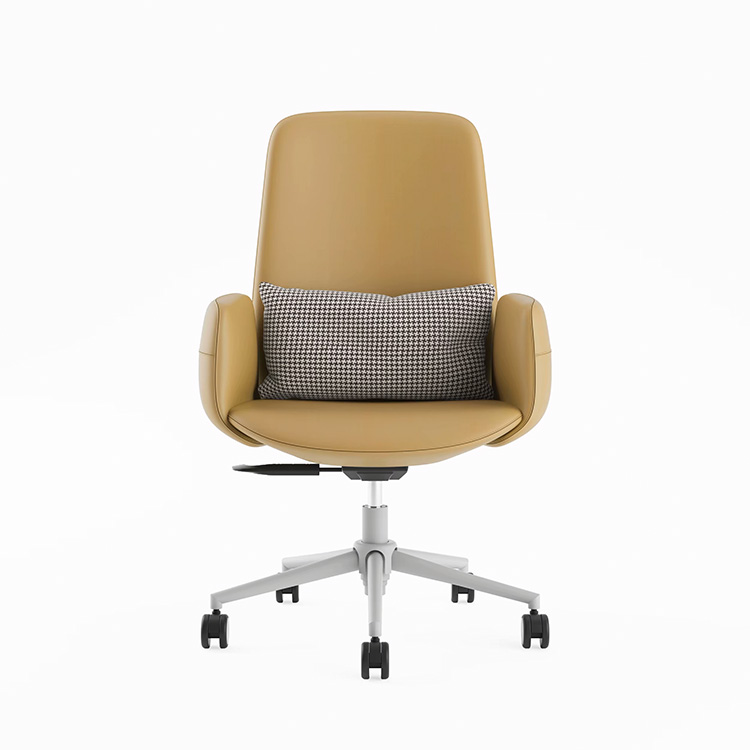
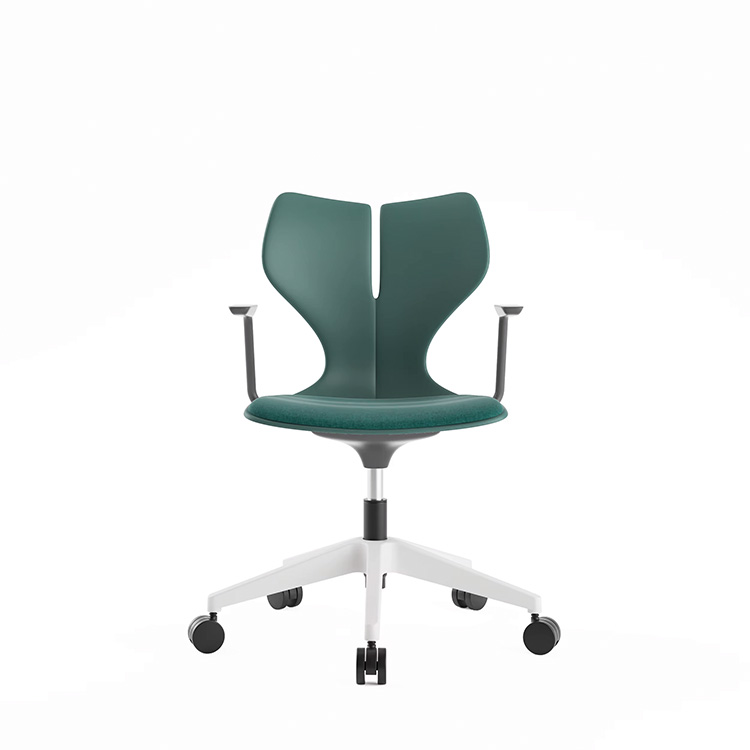
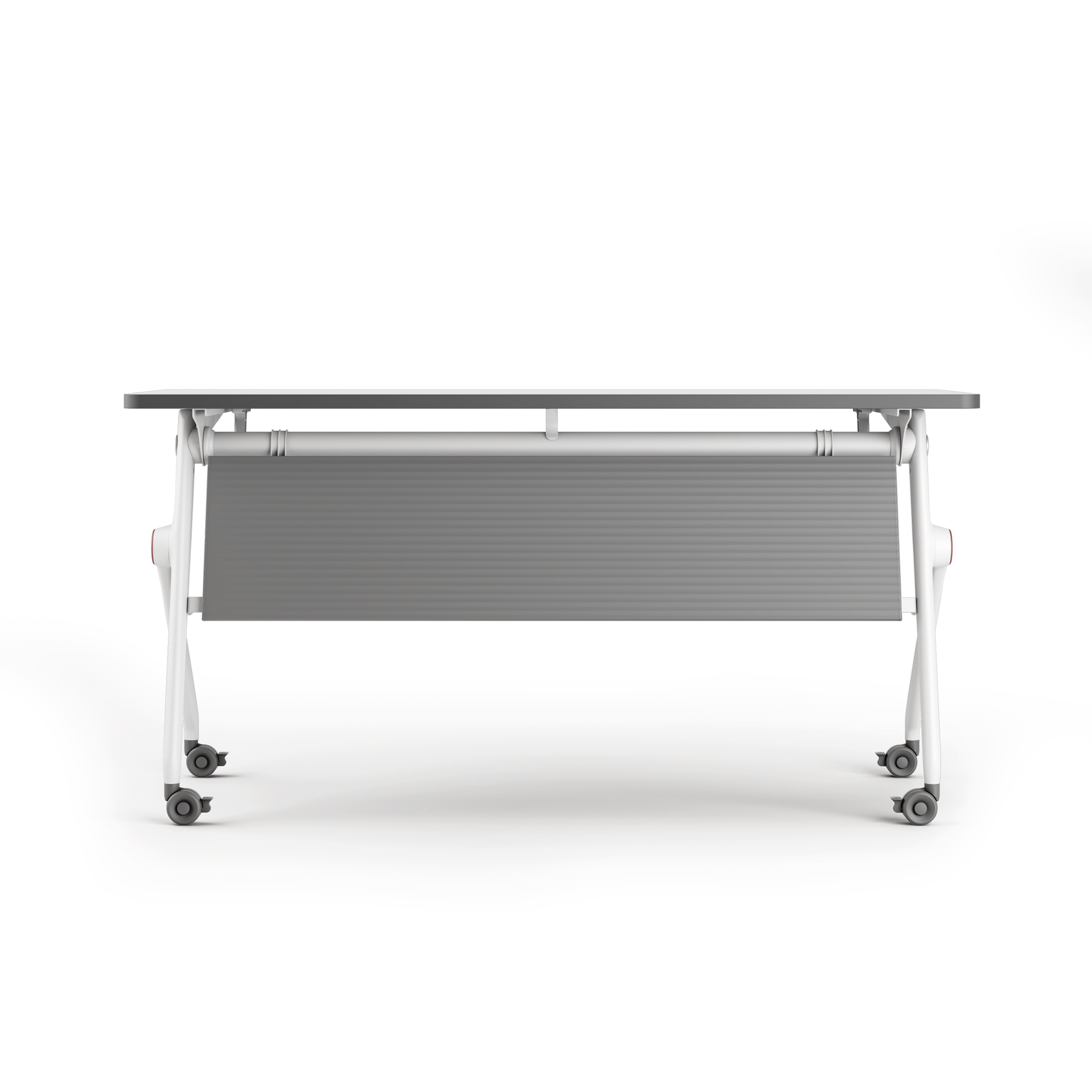
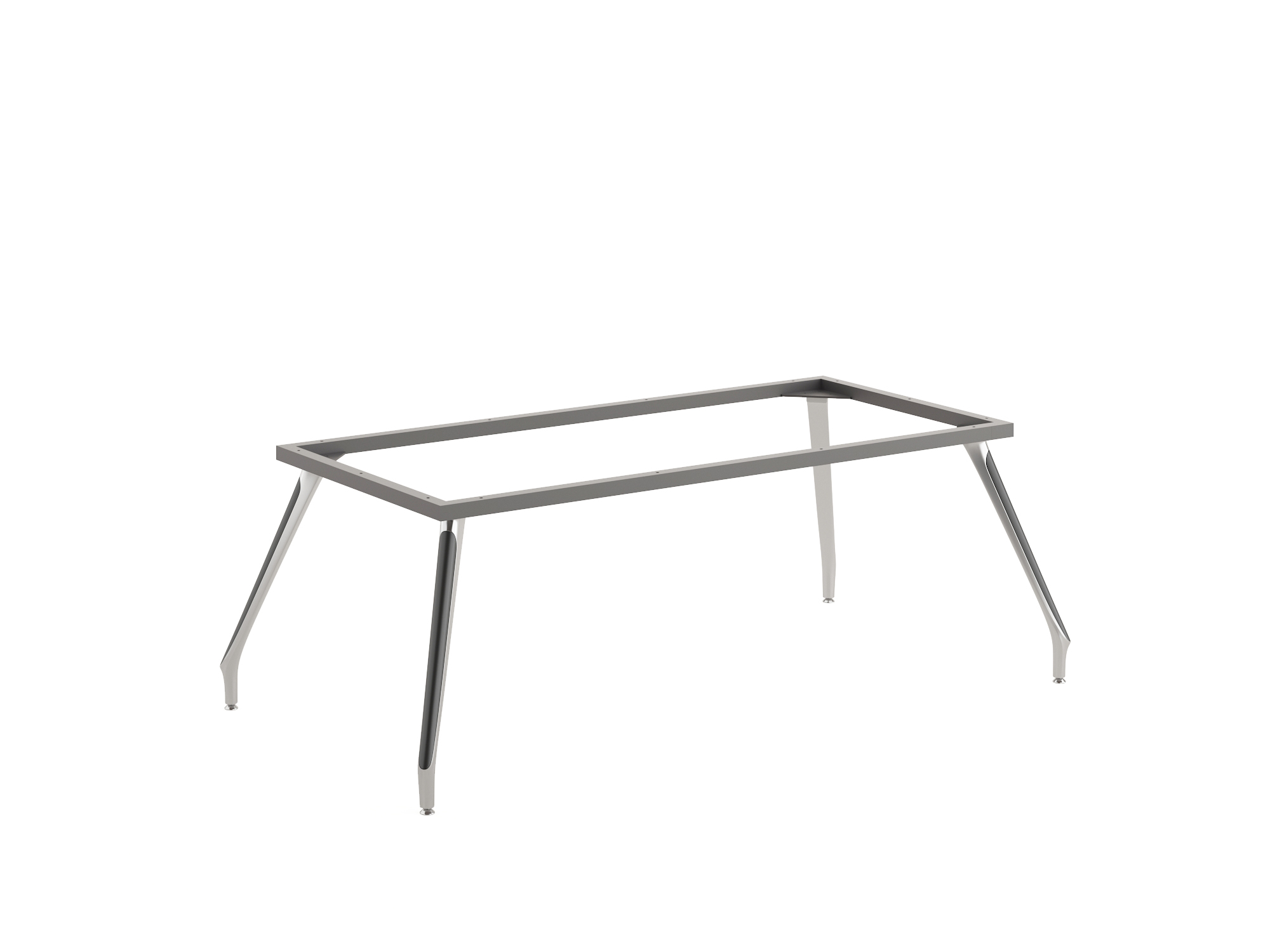

.jpg)
.jpg)
.jpg)
.jpg)
.jpg)
.jpg)
.jpg)
.jpg)
.jpg)
.jpg)
.jpg)
.jpg)
.jpg)
.jpg)
.jpg)
.jpg)

